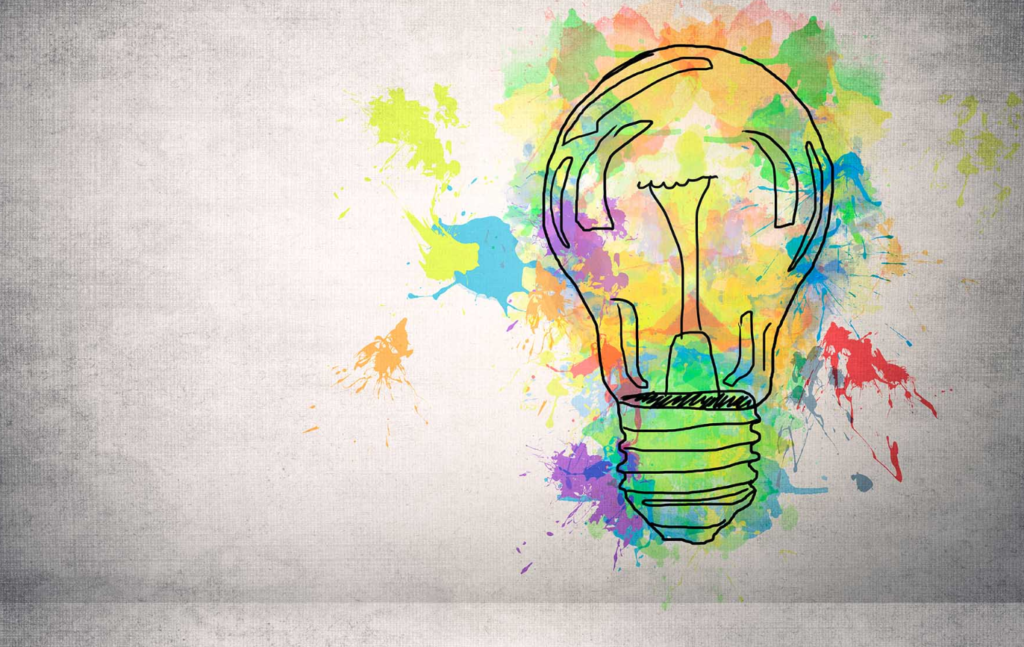AI has taken the world by storm, and photography isn’t left untouched.
What was once a craft defined by patience, skill, and intuition has morphed into a space where algorithms can generate picture-perfect scenes in seconds. AI photography offers endless possibilities — but at what cost?
Let’s peel back the layers.
AI Brings Unlimited Creativity and Efficiency
Technology is advancing at an unprecedented rate. With AI, the boundaries of creativity seem to expand infinitely.
Think of a world where you don’t need the perfect sunset to get that golden hour shot. AI generates it for you, no waiting, no setting up, no second chances needed. Just input your vision, and the machine takes care of the rest.
Imagine how much time is saved. Hours spent editing photos, adjusting lighting, or even getting the right shot in-camera are now compressed into a few clicks. AI turns even the most mundane snapshot into a work of art.
And efficiency?
Let’s just say the traditional photographer might find themselves holding the short end of the stick here.
Efficiency Doesn’t Mean Less Control
But here’s the thing — AI doesn’t take away the creative process. It enhances it. Instead of spending hours poring over every minute detail, tweaking shadows and highlights, you now have a tool that works at the speed of thought.
It’s like giving an artist a magic brush that paints as quickly as they imagine. It’s not replacing your vision; it’s amplifying it.
Take the example of e-commerce businesses. They now churn out thousands of product photos in consistent lighting, edited to perfection without needing a full-fledged studio setup.
What used to take days of manual labor now takes hours, or even minutes. AI photography lets you focus on what matters most: the story you want to tell.
AI Enhances Creativity in Unseen Ways
One might argue that traditional photography’s authenticity is lost, but that’s a surface-level critique.
If you dig deeper, you’ll see that AI is helping us discover new forms of creative expression.
No longer bound by the limitations of reality, artists are free to craft surreal landscapes, abstract imagery, and even futuristic concepts that were once unimaginable.
Look at photographers like Mario Klingemann, who blend AI with human creativity to produce art that transcends conventional techniques.
What we’re witnessing is the evolution of photography into a new form, one that blurs the line between artist and machine, reality and fiction.
Balancing Efficiency with the Authenticity of the Craft
The big question remains: is this new AI-driven world pushing traditional photography out of relevance?
Not entirely.
While AI provides unmatched efficiency, traditional photography still holds value where authenticity, raw emotion, and a personal touch are concerned.
But here’s the kicker — AI is not about erasing the human element. It’s about integrating it in ways we’ve never thought possible.
If traditional photography is a symphony orchestra, AI is the modern-day synthesizer. Both have their places. Both create beauty.
But one brings us into the future.

As AI photography becomes more prevalent, it’s not about replacing traditional photography — it’s about redefining what’s possible.
Sure, AI gives us speed and control like never before, but it also challenges us to explore our creative limits. It’s a tool, not a shortcut.
So, the next time you hold a camera or open an editing app, remember this: the art isn’t in the technology you use.
It’s in the story you tell.